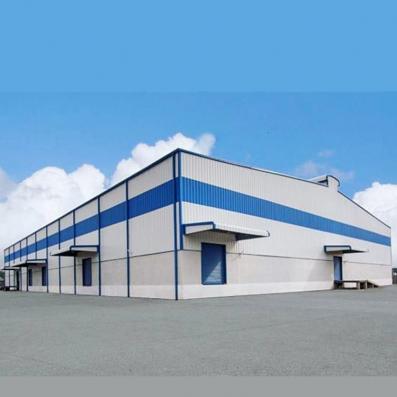
Steel structure buildings, with a history dating back to the 19th century, have evolved into a cornerstone of contemporary construction, transforming skylines and redefining architectural possibilities.
The journey of steel structures began with the need for more robust and expansive building solutions. Initially used in industrial sheds and railway stations, steel’s unique properties soon made it a preferred choice across diverse sectors. Its strength, malleability, and ability to bear heavy loads opened doors to innovative designs. For instance, the Eiffel Tower, a world - renowned symbol, demonstrated steel’s potential to create tall, slender, and aesthetically striking structures.
In modern times, steel structure buildings have become synonymous with cutting - edge technology. Advanced computer - aided design (CAD) and manufacturing techniques enable precise fabrication of steel components. 3D modeling allows architects to visualize and optimize designs, ensuring that each steel beam, column, and joint fits seamlessly. Moreover, the integration of Building Information Modeling (BIM) streamlines construction processes, enhancing coordination among different teams and reducing errors.
Sustainability is a key driver behind the continued growth of steel structures. Steel is 100% recyclable, minimizing environmental impact. Many urban redevelopment projects now rely on recycled steel, reducing the demand for virgin materials. Additionally, steel buildings often have a longer lifespan compared to those made of other materials, further contributing to resource conservation.
The adaptability of steel structures is another highlight. In earthquake - prone regions, seismic - resistant steel frames protect lives and property. These frames can absorb and dissipate seismic energy, reducing structural damage. In the commercial sector, large - scale shopping malls and exhibition centers utilize steel structures to create open, flexible spaces that can be easily reconfigured to meet changing needs.
Looking ahead, the future of steel structure buildings is intertwined with emerging technologies. Smart steel components embedded with sensors can monitor structural health in real - time, predicting potential failures and enabling proactive maintenance. As the world moves towards net - zero carbon emissions, the development of low - carbon and green steel production methods will further enhance the sustainability of steel structures.